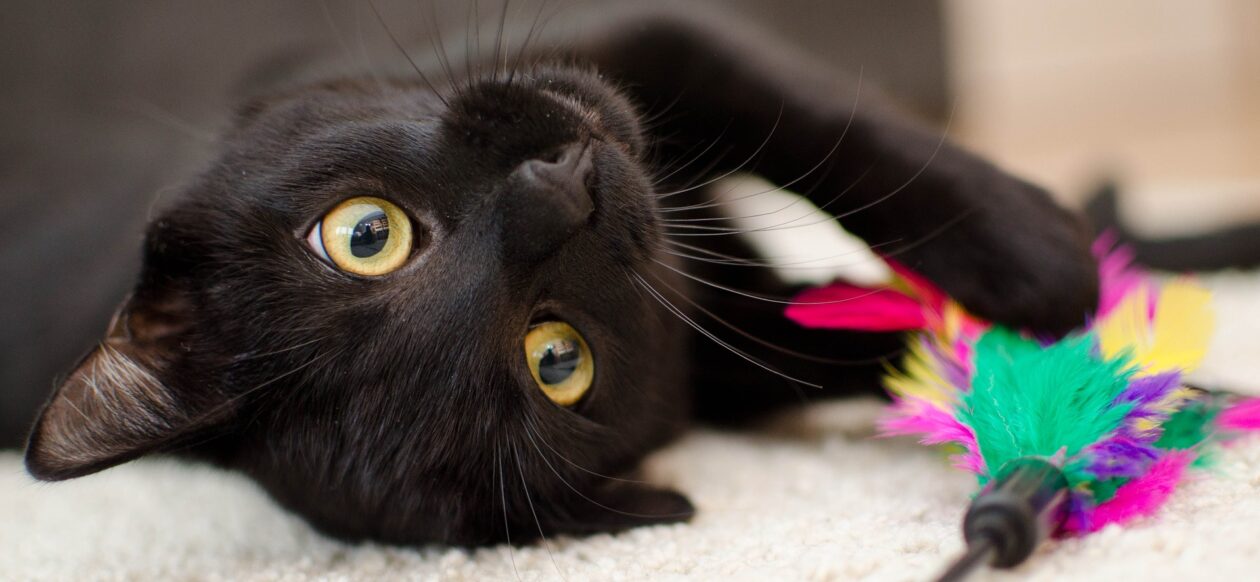 February is Dental Awareness Month, so it’s a perfect time to start the year off right by providing good dental care for your cat. Dental or periodontal disease can lead to many serious health and medical issues if left untreated. And untreated dental disease can be very painful for your cat and can even cause them to stop eating. The key to good dental care and managing dental disease is prevention.
February is Dental Awareness Month, so it’s a perfect time to start the year off right by providing good dental care for your cat. Dental or periodontal disease can lead to many serious health and medical issues if left untreated. And untreated dental disease can be very painful for your cat and can even cause them to stop eating. The key to good dental care and managing dental disease is prevention.
Dental disease and oral tumors can start in cats as young as 1-2 years old so it’s important to have your cat’s mouth, gums and teeth evaluated starting when they are young. Gum disease is an infection that results from a build-up of dental plaque or bacteria on the surfaces of the teeth around the gum line. If plaque is allowed to accumulate it can lead to infection in the bone surrounding the teeth. The gums will then become inflamed causing bleeding and oral pain. Inflammation can progress affecting both soft and bony tissues causing gum disease, bone loss, and periodontal damage. When severe periodontal disease is present bacteria from the mouth can enter the bloodstream and damage the kidneys, heart and liver.
Continue reading Don’t Ignore the Signs of Dental Disease in Cats











